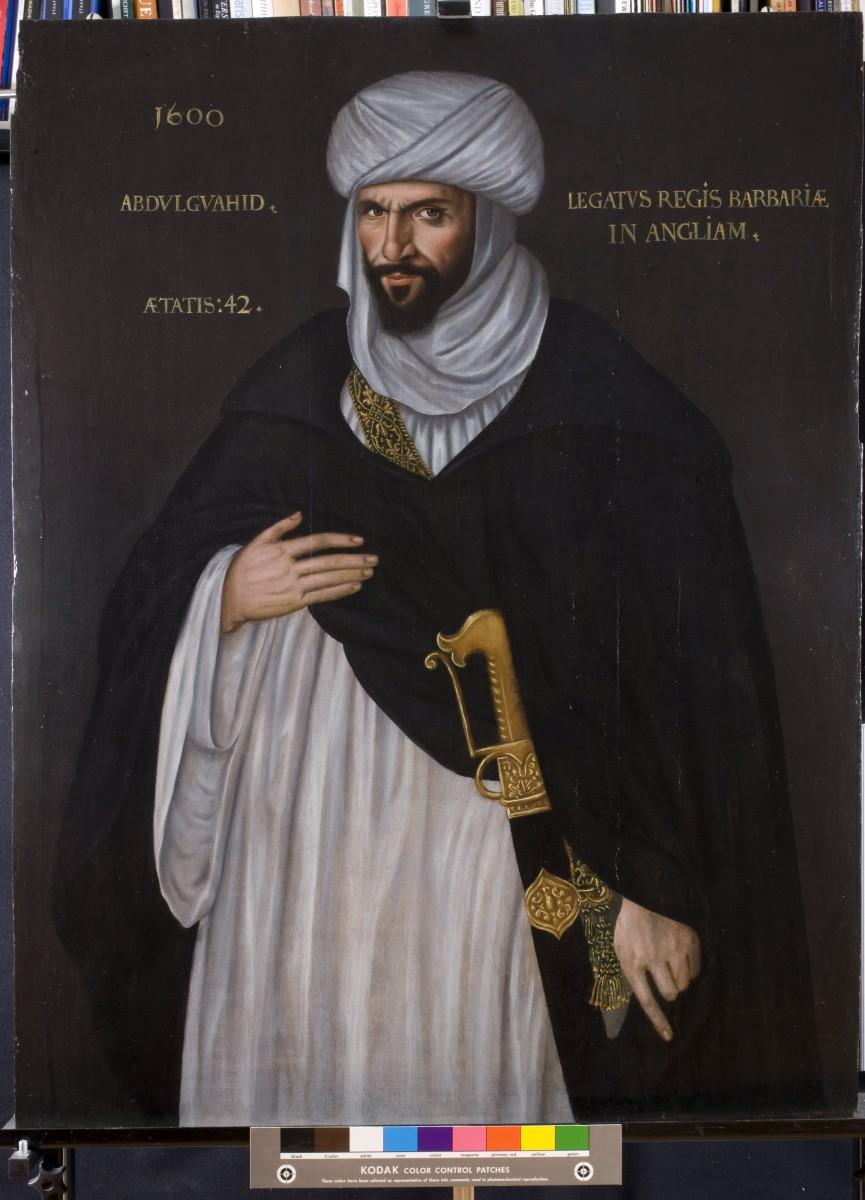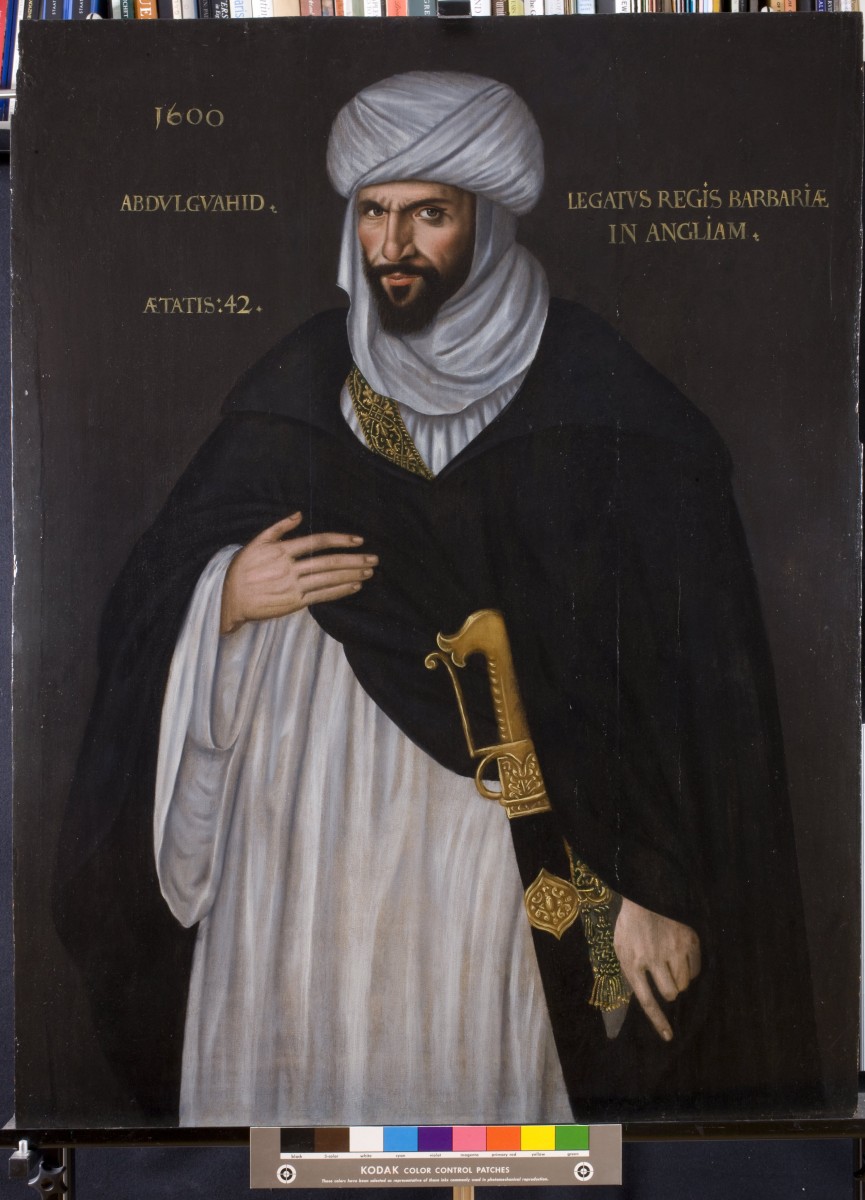How would one depict Shakespeare and the world he lived in? Jonathan Bate, a leading Shakespeare scholar, came up with an answer: focus on the real and imagined worlds from Shakespeare’s plays.
Four years ago, Bate embarked on a journey with Dora Thornton, a curator at the British Museum, to find beautiful objects that would create an atmosphere within each of these worlds. These historical objects tell the story of the Bard of Avon, in Shakespeare: Staging the World, a new exhibition at the British Museum.
Intertwined among the historical objects are short films by actors from the Royal Shakespeare Company.
Tom Piper, theatre designer and RSC associate, worked together with architect Alan Farlie to create the spaces that are arranged in a design reflecting London’s Globe Theatre. It is a wheel-like structure, leading you through the different “worlds”, such as Elizabethan London, the Forest of Arden, ancient Rome, and ending on the mysterious island from The Tempest.
Visitors are guided through the exhibition while at the same time creating their own narrative.
“Things went fairly smoothly, and it came together fairly quickly – it was fun apart from anything else,” explains Farlie, who was given the task to design the exhibition space with Piper only last October.
The exhibition starts with Shakespeare’s First Folio of 1623, and ends with a cheaper edition of the same book, but one that shows Shakespeare’s legacy and relevance today. It is owned by a former ANC prisoner, Sonny Venkatrathnam, who secretly smuggled the complete works of Shakespeare to Robben Island in the 1970s.
The book is open at the passage in Julius Caesar where Caesar says, “Cowards die many times before their deaths/The valiant never taste of death but once.” Next to the passage is Nelson Mandela’s signature.
Among the marvels on display is a portrait of the Moorish ambassador of Elizabeth I from the 1600s, who perhaps informed the character Othello. Nearby is a magnificent looking weapon, a “sword of Spain”.
“There is a clear narrative, you’re meant to engage, and be visually led … it’s an accumulative experience,” says Thornton.








